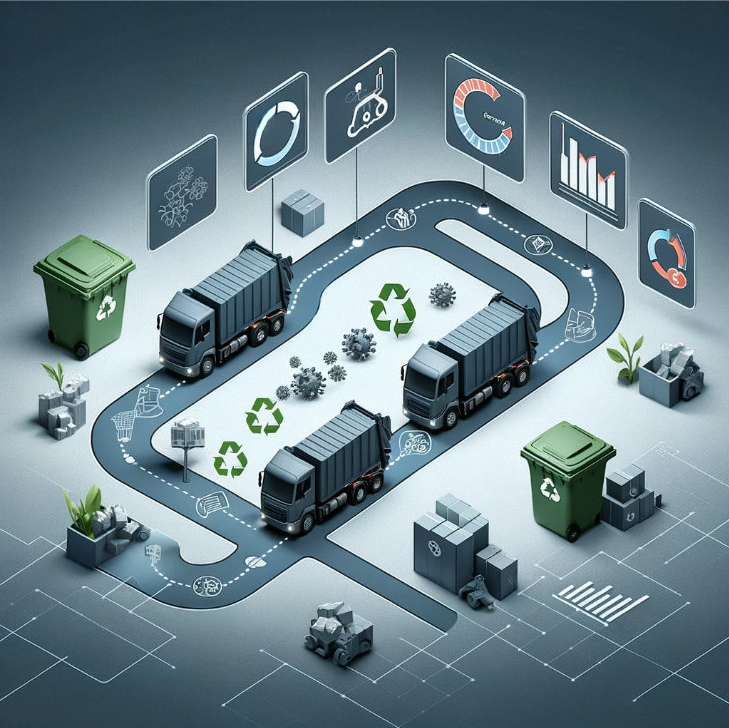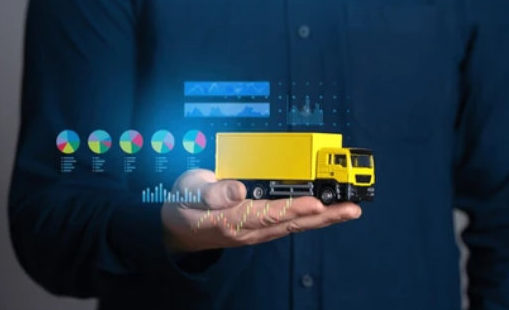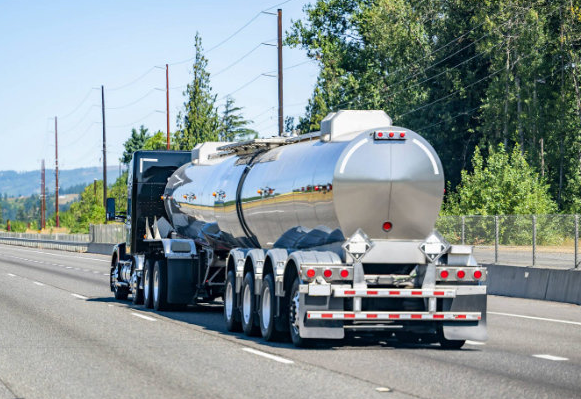Editor's Pick


Waste collection is a critical service for public institutions and municipalities to both protect the environment and manage costs effectively. However, this service often faces challenges such as high operational costs, lost time and ineffective route planning. To avoid these problems and optimize waste collection processes, the use of route optimization technologies is essential. With route optimization, public institutions not only reduce costs, but also provide environmental benefits by reducing carbon emissions in an eco-friendly approach. For more information and support, please visit https://www.dynaroute.ai Challenges in Waste Collection Operations Most public institutions plan waste collection operations manually. This wastes time and fuel. Vehicles may stop at the same point inefficiently, perhaps several times during the day. Inefficient use of vehicle fleets increases fuel and maintenance costs. These inefficient transfers cause excessive and unnecessary wear and tear on the vehicles and extra fuel loss. Inefficient routes and unnecessary journeys lead to an increased carbon footprint. This damages the environment and challenges the environmental targets of public institutions. Today, it is becoming more and more important every day. Routes that are not temporally optimized reduce staff productivity and lead to disruptions in delivery times. Advantages of Route Optimization By using “Route optimization software” such as Dynaroute, the most efficient routes are identified and fuel costs are significantly reduced. Even if you only design the garbage collection for one neighborhood, calculate the cost for the entire district or city. By creating optimal routes and delivery sequences, staff time can be used more effectively. Efficient use of vehicles will also minimize personnel costs. Reduced carbon emissions through fewer trips and efficient route planning. With “Fleet tracking” and “Asset tracking” technologies, the fleet can be tracked instantly and effective utilization can be ensured. At the same time, efficient use of your fleet will mean more work with fewer vehicles. Approaches such as “Traveling salesman problem (TSP)” and “Dynamic routes” create optimal routes for waste collection. Optimal means neither the fastest route nor the shortest route. The optimal route plans with the support of artificial intelligence to avoid traffic by extending the distance when necessary and to plan fast delivery with the right route choices when necessary. Features that make a difference in waste collection processes with Dynaroute Dynaroute offers advanced route optimization technologies to make waste collection operations more efficient: Reliable Solutions with Rotaexper.com Dynaroute offers state-of-the-art technologies in route optimization and fleet management. Public institutions and municipalities can learn about Dynaroute's services and request a demo at https://www.dynaroute.ai This platform allows you to easily manage complex logistics processes such as waste collection. Conclusion Thanks to innovative software such as Dynaroute, public institutions engaged in waste collection can reduce costs, save time and minimize their environmental impact. Route optimization has become the need of the hour to improve the efficiency of public services and reduce damage. A district or provincial municipality can plan the most efficient routes and use public resources efficiently within seconds by simply entering the vehicle list and garbage container locations. Contact https://www.dynaroute.ai now to meet Dynaroute technology and move your operations forward. Prepare for the future today! Waste collection is a critical service for public institutions and municipalities, both in terms of protecting the environment and managing costs effectively. However, this service often faces challenges such as high operational costs, lost time and ineffective route planning. To avoid these problems and optimize waste collection processes, the use of route optimization technologies is essential.How Waste Collection Public Institutions Can Reduce Their Losses with Route Optimization





